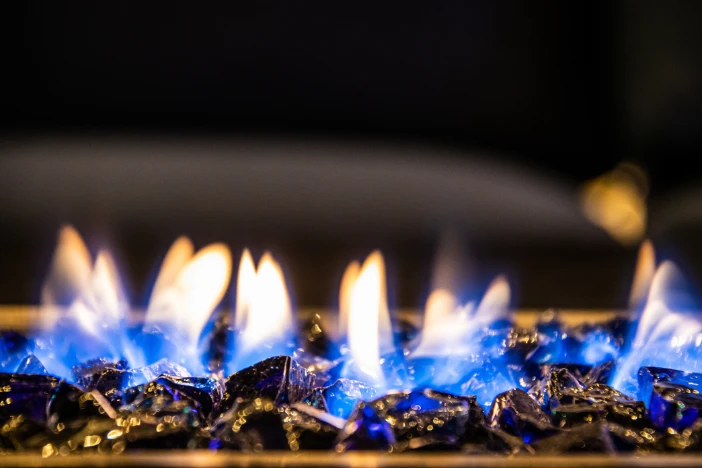
Gas burning fireplace inserts
The second fuel type in our in-depth guide is gas. Fireplace inserts that burn natural gas or liquid propane are great, customized alternatives for homeowners who want efficient low-maintenance heating options. They provide the warmth and cozy ambiance of a traditional wood-burning fireplace without the hassle of chopping, storing and hauling firewood. An architect of warmth and comfort, these inserts blend seamlessly with your existing architecture.
Helpful Article
Read our article Fire Pit Fuel Types – Pros & Cons for more information on wood and other fuel types for fireplace inserts.
Direct vent vs. vent-free gas inserts
Gas fireplace inserts are easy to use and require little maintenance. They come in two types: direct vent and vent-free. Direct vent gas fireplace inserts draw air from outside the home for combustion and expel exhaust outside through a small vent pipe. Vent-free gas fireplace inserts utilize a catalytic converter system that burns off any remaining carbon monoxide before it can enter the room. They can be an excellent zero clearance solution due to their flexible installation options. Gas fireplace inserts without these mechanisms must be ventilated to prevent harmful pollutants from filling the indoor air [2001 Dutton, Hannigan & Miller].
Gas fireplace inserts are easy to use
Consider a family living in the Northern part of the United States. The temperature dips to below zero during the winter season and they dread having to spend hours gathering wood, starting fires or cleaning the hearth whenever they need heat. However, with a gas fireplace insert it only takes pressing a button on a remote control or thermostat to enjoy instant warmth.
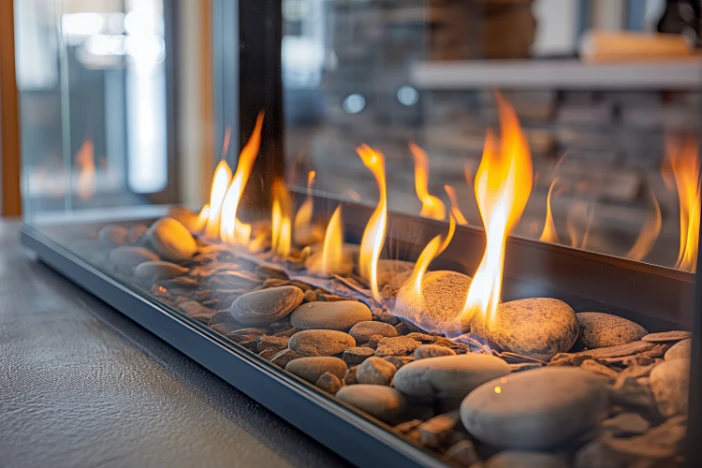
Efficient heaters
Direct vent gas inserts are energy-efficient products that use sealed glass fronts and doors, with co-linear vent systems to bring all combustion air into the fireplace through a combustion air vent. They’re designed with architectural precision and the practicality of a builder for maximum heating efficiency. This setup ensures optimal heat transfer and 65%-75% heat efficiency inside a room. Unlike traditional fireplaces or gas logs, direct vent gas inserts have adjustable thermostats that control room temperature settings and blowers that help circulate warm air throughout large spaces. In contrast to their wood fireplace insert counterparts, they offer controlled heating that doesn’t require dealing with logs or ashes.
Environmental consideration of gas fireplace inserts
Some homeowners may be hesitant to install gas inserts because of the potential environmental impact of natural gas as a fuel. However, some manufacturers offer high-efficiency direct vent gas inserts with green technology features such as cool-to-the-touch surfaces, LED accent lighting options and eco-friendly fans that utilize energy from low-wattage motors. These efficient versions, designed by skilled architects of builder technology, make a solid argument against conventional wood fireplace inserts which lack green tech features.
While they are cleaner-burning than wood-burning inserts, propane and natural gas are still fossil fuels and impact the environment. However, if you live in an area where natural gas is abundant and no other clean energy alternatives are available, a gas insert may be the best choice for you.
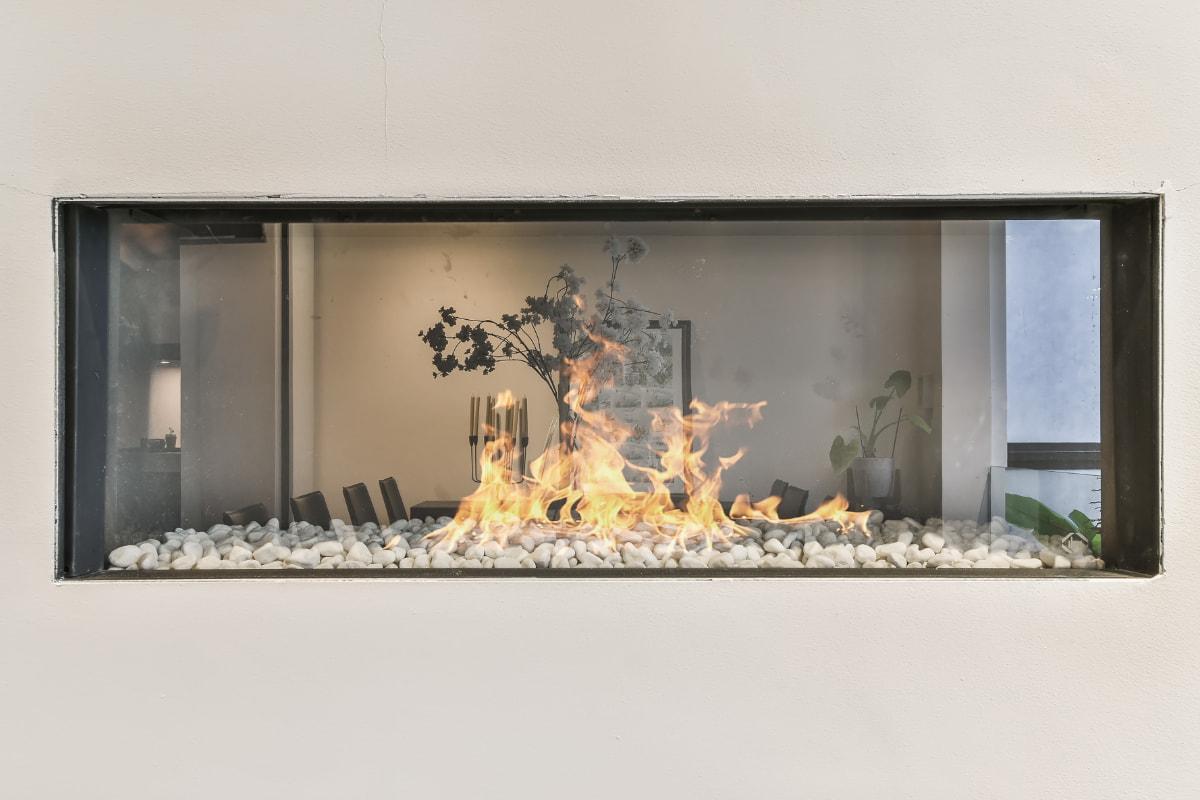
When to opt for gas
Gas fireplace inserts, on the other hand, offer convenience and ease of use. With just the flip of a switch or press of a button on a remote control, you can have instant adjustable heat with no mess or fuss. They also burn cleaner than wood-burning inserts and require less maintenance.
However, while the fuel may seem cost-effective compared to other options, many people forget about added yearly maintenance costs such as annual inspections and possible pilot light issues. If you don’t have a line to natural gas or propane, you’ll incur substantial upfront costs to hire a plumber to install the tanks and make the connections. Gas versions also produce an odor that may be noticeable.
Less common but viable alternatives to gas
Both liquid propane and natural gas fireplace inserts are smokeless heating solutions. But, for an even cleaner burn that requires no venting, read the next section of our guide on bio-ethanol firebox inserts.
Guide Sections
References
- Dutton, S. J., Hannigan, M. P., & Miller, S. L. (2001). Indoor pollutant levels from the use of unvented natural gas fireplaces in Boulder, Colorado. Journal of the Air & Waste Management Association, 51(12), 1654-1661.

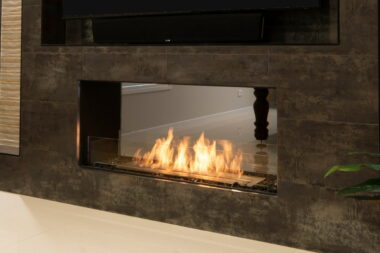
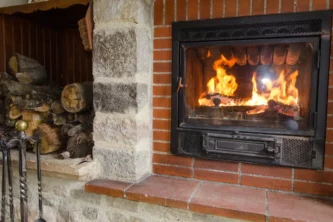
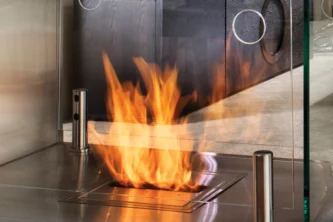

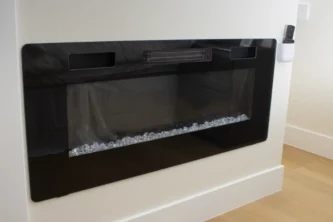
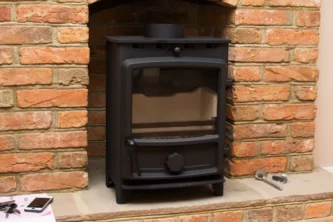




Leave a Reply